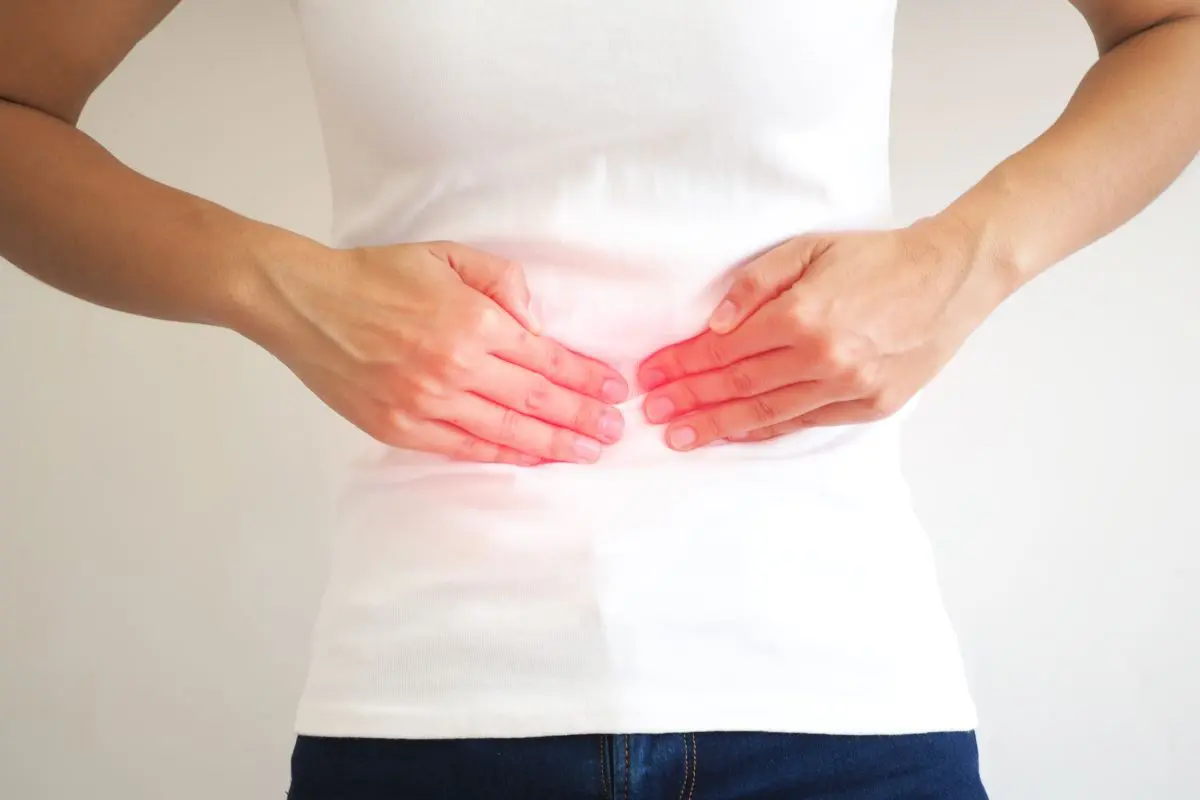Health
Pseudo-chronic intestinal obstruction: what it is and how to recognize it

Chronic intestinal pseudo-obstruction is a very rare disease. Let's find out how it manifests itself and what the first symptoms are.
Among the rare and poorly understood diseases is chronic or pediatric intestinal pseudo-obstruction. This disease has two acronyms which are POIC and PIPO and it concerns intestinal motor activity.
Those who suffer from it, in fact, have a slowed intestinal transit which is associated with a reduced ability to pass food through the intestine.
This disease can affect both children and adults even if it occurs mostly in childhood and within the first 12 months of life . In other cases, however, it can appear between the ages of 20 and 40. For this reason, the forms that begin in the pediatric age have been characterized with the term PIPO since 2018. The latter has variable characteristics including that of the digestive system unable to move food forward, leading to intestinal obstruction even in the absence of one that is actually mechanical.
Causes and symptoms of infantile chronic intestinal pseudo-obstruction
To date, the causes of chronic intestinal pseudo-obstruction are still unknown and this even if we think of a possible genetic transmission. In some cases the problem may derive from diseases of the muscles or nerves and others as a result of metabolic, rheumatological or neurological problems. Furthermore, this disease can be both generalized and localized and in rarer cases it can also involve the muscles of other internal organs such as, for example, the bladder.

Going to the symptoms, these are mostly gut related.
The most common are:
– Constipation
– Vomit
– Abdominal swelling
– Digestive problems
– Malabsorption of nutrients
– Growth retardation
– Food problems
– Urinary retention
These can occur all at once or gradually. When this happens it is therefore very important to consult your doctor to talk to him about it.
How is the diagnosis made and what are the treatments
In addition to the presence of the symptoms listed above, the diagnosis of intestinal pseudoobstruction is made in the presence of at least two diagnostic criteria which are the need to resort to parental or enteral nutrition, the presence of genetic or metabolic abnormalities , impairment of the muscles of the small intestine , dilatation of the loops.
To verify this, tests such as abdominal radiography with or without contrast, manometry, scintigraphy of the intestinal tract, ultrasound of the kidneys and biopsy of the intestine are usually prescribed. Among the most common are blood tests for genetic analyses, endoscopy, magnetic resonance and CT scans.
Going to treatments, these are usually managed by a team with different specialists whose main purpose is to reduce the symptoms and act on them in the best possible way. Unfortunately there are still no specific drugs but thanks to some therapies it is possible to reduce the discomfort.
Surgery is also considered important and the only definitive treatment currently is that of intestinal transplantation. The latter, however, is carried out only as a sole resource as it is risky and not always successful. Being a rare disease there is an exemption code dedicated to it and it is the RI0040.
Riproduzione riservata © - WT











